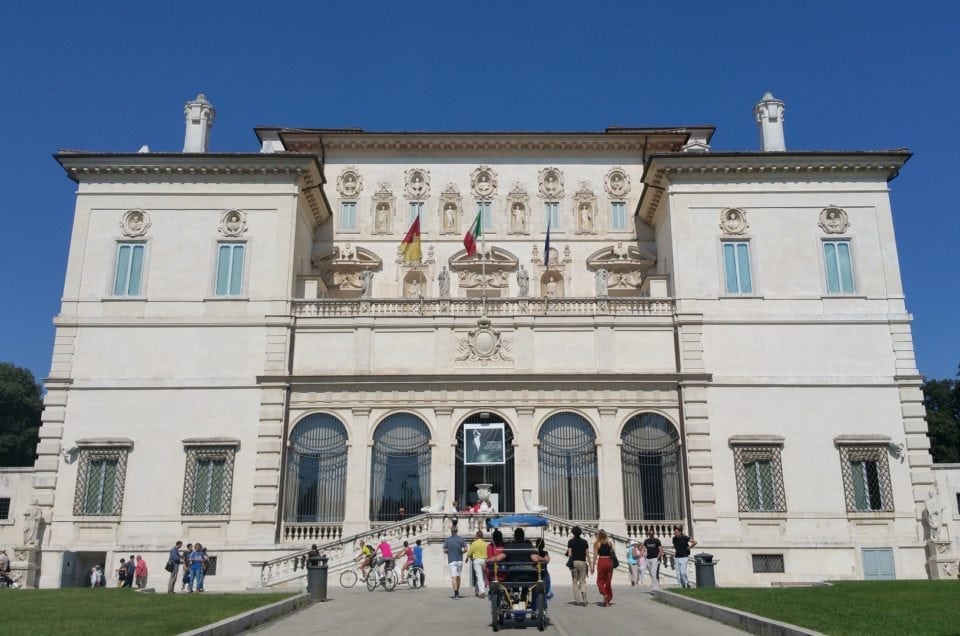Villa Borghese in Rome was born during the 18th century on the desire of the Cardinal Scipione Caffarelli Borghese, nephew of Paolo V, on the area going from the Flaminio to the Parioli quarter and where antiquely were located the “horti of Lucullo”.
The initial designs of the structures are from Flaminio Ponzio and Giovanni Vasanzio, who around a building of 16th century style, organised the gardens in a “pars urbana” and a “pars rustica” with perimeter walls and doors.
Even though during a series of enlargements wanted in the 18th century by Marcantonio Borghese and designed by the architects Antonio and Mario Asprucci Villa Borghese has also embraced the characteristic style of the English garden, evidences of the pre-existing arrangement are left, as well as numerous characteristic corners:
- The Italian gardens close to the “Casino Borghese”, the “Casino della Meridiana” and around the Aviary
- The garden of the lake with, on the artificial island, the small neoclassical temple dedicated to Esculapio and some exotic botanic species
- The copy dating back to the 18th century of the Arch of Settimio Severo.
- The equestrian centre of Piazza di Siena
- The secret gardens
- The valley of the platans, with the trees planted by the Cardinal Borghese in the 17th century
The actual complex reaches its definitive extension in the 19th century with the acquisitions of Villa Giustiniani in direction of Porta del Popolo and the Villas Pamphili and Manfroni towards Porta Pinciana. The city of Rome opened Villa Borghese to the public on July 12th 1903, offering to the citizens more than 80 hectares of park decorated by 35 fountains and 15 minor buildings, numerous sculptures coming from the collection of the Cardinal Scipione Borghese.
The streets of the city during the war events of the last century did not leave untouched the parks of the villa; in 1938 were taken away all the entrance gates to use their iron while around 1942 in all Villa Borghese were cultivated household gardens for the population, leaving to the history the extraordinary images of Piazza di Siena occupied by corn fields.





